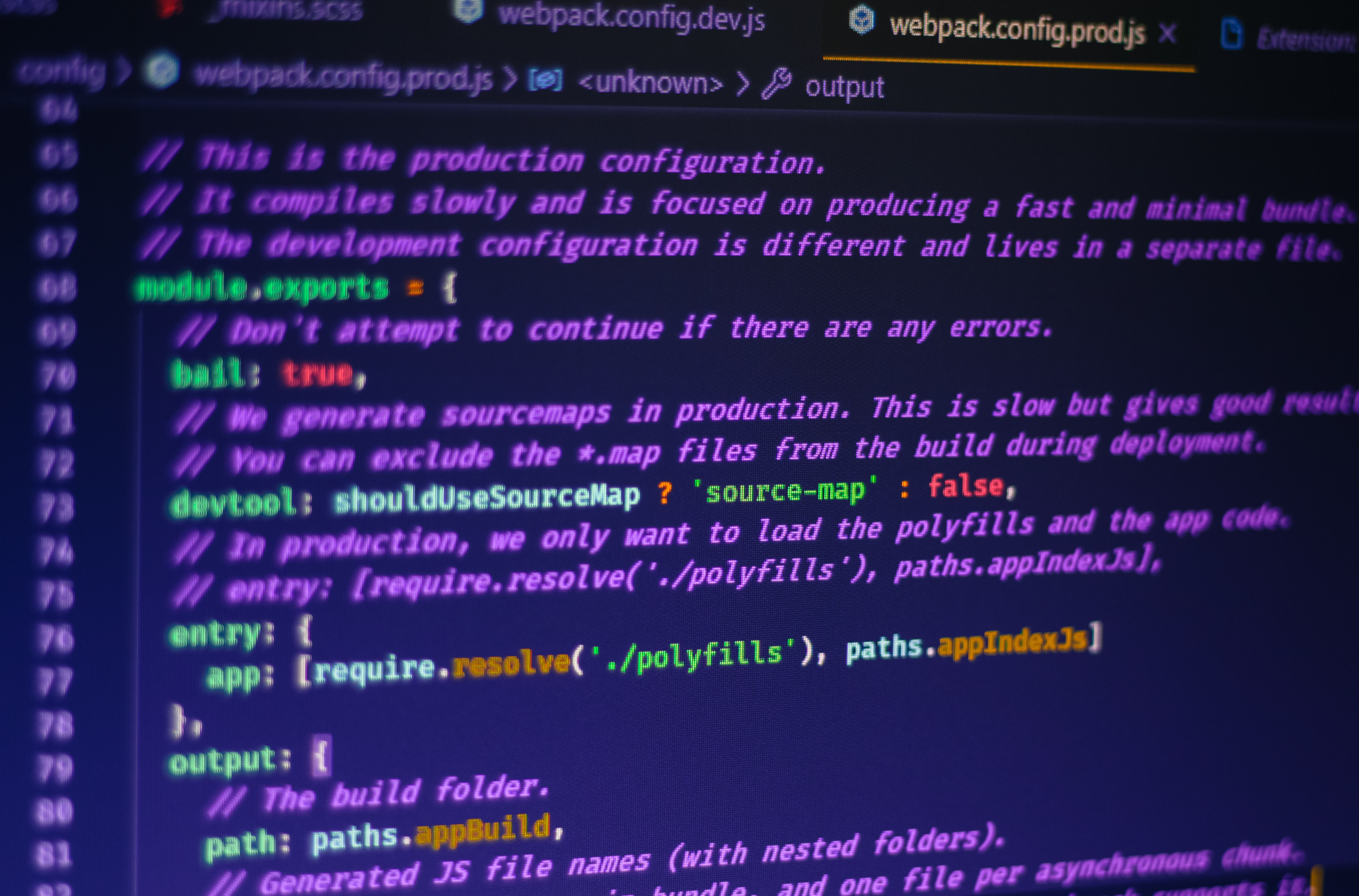
Low code is coming: do full-stack developers still get paid more?
In 2022, there has been a growing demand for low-code and full-stack programming. As technology continues to evolve, so does the need for more efficient and cost-effective development solutions. As such, it is important to understand the current trends in the industry and how they could affect salaries, project budgets, and development cycles in 2023.
This article guide will explore the differences between low-code and full-stack programming salaries, project budgets, and development cycles in 2023.
Low-Code Programming Salaries
Low-code programming is typically seen to reduce costs and speed up the development process. As such, salaries for low-code programmers tend to be slightly lower than those of full-stack programmers. What is the annual salary of a low-code developer? It’s difficult to answer because we can’t predict how managers calculate one man’s velocity. Globe News Wire predicts that low-code platforms will generate $187 billion in revenue globally by 2030.
According to sometimes-believed Gartner, most companies (80%) will have this type of developer salary policy only by 2024. This is because low-code programming requires less technical knowledge and experience compared to full-stack programming. Furthermore, as the demand for low-code solutions increases, so will the salaries for those skilled in some project.
Full-Stack Programming Salaries
One of the main reasons for low-code projected growth is how attractive it is to business and how it (by the headlines, of course) reduces app development time. We know that application development always begins with identifying needs. Ideas that drive the overall effort and provide a starting point. Unfortunately we have difficult financial projects.
Full-stack programming is still seen as the gold standard for development and thus commands higher salaries than low-code programming. This is because full-stack programmers need to have a comprehensive understanding of the entire tech stack, including front-end, back-end, databases, and other components. As the demand for full-stack programming continues to increase, salaries for full-stack programmers are expected to rise as well.
Project Budgets
Now, 72% of IT leaders say their backlog is a hindrance to strategic projects. In fact, they spend a lot of time maintaining legacy systems. There are many ways to achieve the goal of creating a working application that performs its primary function while providing high performance and stability. As such, components are the focal point of most technologies.
Project budgets for low-code and full-stack programming solutions vary depending on the complexity of the project and the skillset of the programmer. Low-code projects seem to be more cost-effective since they require less technical knowledge and experience. However, full-stack projects usually require more resources and thus have a higher budget.

Development Cycles
A study conducted by McKinsey found that 45% of his projects exceeded their original budgets, and the performance gap was 56% smaller than he had originally expected. So, the most important part surely is that the development cycle both for low-code and full-stack programming solutions also vary depending on the complexity of the project.
Low-code solutions tend to have shorter development cycles since the code is already written and the programmer only needs to customize it for the project. On the other hand, full-stack programming solutions require more time and effort to complete, thus resulting in longer development cycles.
Conclusion
Low-code programming salaries tend to be lower than those of full-stack programmers, while project budgets for low-code solutions are typically more cost-effective. Finally, development cycles for low-code solutions tend to be shorter than those of full-stack solutions. As the demand for low-code and full-stack programming continues to rise, it is important to understand the differences between the two in order to make informed decisions.
Sources:
| Low-code and no-code platforms – Statistics & Facts | Statista Low-Code vs. No-Code: What’s the Difference? | IBM |
| With Flatlogic Platform, you build the structure of your application, choosing the stack of popular technologies and choosing the design you need. Web apps generated on the Flatlogic platform are super easy to create and maintain. The app you get is a sort of CMS for the entities defined in the database schema. It has a front-end, back-end, and database completely ready to use and download. As a result, you get a fully functioning CRUD application based on React, Vue, Angular, NodeJS, or Laravel, that is ready to work with. Test our web app builder for yourself! Build Your Full Stack Web Application! |
- What’s new for us in ECMAScript 2024
- Node.js v22.5 includes SQLite, but..
- Exploring JavaScript (ES2024 Edition)
- Stream if you wanna go faster
- Do the (ESLint) Evolution
